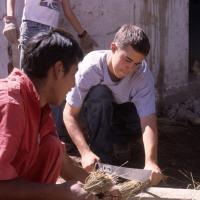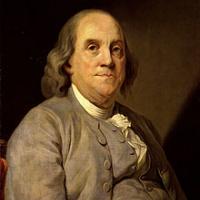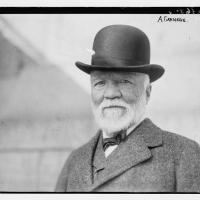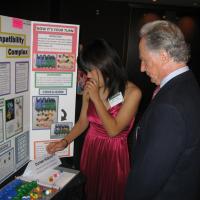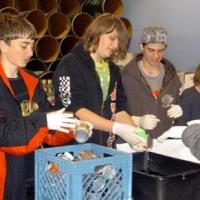Video Clip and Discussion Guide: While philanthropy is deeply embedded in U.S. society and practice, many people do not know the word or understand its full meaning. This one-minute video clip has some humorous definitions along with definitions from philanthropy scholars. Philanthropy is giving time, talent, or treasure and taking private action for the common good. Share this video to start a discussion of the many forms of philanthropy in practice.
Video Clip and Discussion Guide: People have the power as social activists to make a difference for the common good. Sometimes laws and practices are unfair. We use voting, advocacy, and our right to protest to raise awareness and demand justice. This 4-minute video and follow-up questions prompt youth to recall actions of the past that changed laws. Through discussion, young people examine social activism of today and current issues of debate.
Video Clip and Discussion Guide: There are some needs that businesses can't address because they can't make a profit. There are some needs that government can't address because government speaks for the majority. The philanthropy (or nonprofit) sector addresses needs and opportunities that fall through the cracks.
Video Clip and Discussion Guide: The nonprofit sector has a prevalent role in U.S. society. There is a deep partnership between the government and nonprofit sectors. Government makes up the building bricks of society, and philanthropy is the mortar that fills in the cracks and holds the bricks together. It is part of the social fabric of American democracy for citizens to organize and give for the common good.
Video Clip and Discussion Guide: Benjamin Franklin is known for many innovations and contributions to the common good. One of his contributions is as a pioneer in the field of philanthropy. He established the model of "public-private partnerships" in which he leveraged private dollars to get the government to contribute to libraries, hospitals, universities, and other needed resources for the common good. We still use this "mixed economy" model.
Video Clip and Discussion Guide: Andrew Carnegie is the name associated most with philanthropy. His gift of libraries impacted communities across the country. This gift included the requirement that the community must match his gift and continue to maintain it. Watch this 2-minute video and follow with a discussion.
Video Clip and Discussion Guide: Altruism is a generous and loving trait, but it has a negative side. This video clip and discussion guide challenges students to consider how charity and altruism can be counter-productive or come from an imbalance of power.
Video Clip and Discussion Guide: Advocacy for an issue is a form of philanthropy. It involves changing hearts and minds in support of an issue. The video shares examples from nonprofits, government, and individuals about the impact and importance of advocacy for an issue. After watching the video, students share examples of advocacy, reflect on issues they care about and personal reasons for advocacy.
Video Clip and Discussion Guide: A Ugandan refugee started the Global Soap Project when he saw a need in the refugee community and found a simple, sustainable solution. This inspirational video clip shows how a nonprofit navigates challenges to address a need with available resources and volunteers.
Jacqueline Woodson has created a beautiful story about the confusion of children over racial tension. One of the most touching things about this book is that it is the children who give us hope for the future. With the help of this book, you can empower...
